
Boiled sweet potatoes: don’t use plain water—add a spoon of this for fluffy, deeply sweet results
Sweet potatoes are nutrient-dense, affordable, and versatile. They’re loaded with fiber, potassium, vitamin C, and especially beta-carotene (which your body converts to vitamin A) and a variety of antioxidant plant compounds (Harvard T.H. Chan School of Public Health; USDA FoodData Central). Eating them regularly as part of a balanced diet is linked with better gut health and cardiometabolic benefits thanks to their fiber and micronutrient profile (Cleveland Clinic). (Harvard; USDA; Cleveland Clinic)
Why boiled sweet potatoes can be incredible—if you use a few smart tweaks
Boiling is simple and gentle, helps keep the flesh moist, and—when done right—preserves a lot of nutrition, including heat-stable carotenoids. The big flavor trick is lightly salting the cooking water and managing heat and moisture so the texture turns fluffy and the taste reads sweeter (Harvard; BBC Good Food). (Harvard; BBC Good Food)
Step 1 — Pick good sweet potatoes (your “insurance policy”)
-
Shape & feel: Choose potatoes that taper at both ends with a plump middle; they should feel firm and heavy for their size. Avoid soft spots, cuts, sprouting, or blackened patches—these can signal internal rot or pest damage.
-
Skin: Prefer smooth, evenly colored skin with no moldy or bruised areas.
-
Aroma: A clean, faintly earthy smell is good; sharp or “hot” odors can indicate pest damage.
(General produce-handling guidance: USDA/extension buyer tips.) (USDA)
Pro tip about sweetness: If you can, keep sweet potatoes in a cool, dry, well-ventilated place for a few days before cooking. Post-harvest “curing” and short dry storage allow enzymes to convert some starch to sugars, boosting sweetness and improving texture (NC State Extension). (NC State Extension)
Step 2 — Give them a quick “dry-down”
Set the tubers somewhere dry and airy (not damp) before cooking. This evaporates surface moisture and discourages spoilage; it also concentrates flavor slightly. Don’t let them sit where they’ll get wet or humid—that encourages rot (USDA produce storage basics). (USDA)
Step 3 — Rinse, then salt the cooking water
Scrub off dirt under running water, keeping the skins on (they help hold shape and add fiber). Put potatoes in a pot, cover with cold water, and add about ½ teaspoon of salt per pot (scale up for a large pot). Salt seasons the flesh more evenly as it cooks—exactly the same reason chefs salt water for regular potatoes or pasta (Serious Eats; America’s Test Kitchen). (Serious Eats; America’s Test Kitchen)
Why cold water? Starting in cold water helps sweet potatoes cook evenly from the outside in, so the centers turn creamy without the skins bursting (Serious Eats/ATK). (Serious Eats; America’s Test Kitchen)
Step 4 — Gentle simmer, not a roaring boil
Bring to a boil, then reduce to a gentle simmer. Cook until a chopstick or skewer slides cleanly to the center—usually about 10–20 minutes after simmering starts, depending on size and quantity. Overcooking can make them waterlogged and wash out flavor.
Don’t chase speed with high heat: A furious boil can jostle and crack the skins; moderate heat gives you fluffy interiors and fewer split tubers.
Step 5 — The flavor-boosting finish: steam-dry on the stove
When just tender, drain completely, return the pot (with the potatoes) to very low heat for 1–2 minutes, shaking the pan so the surfaces steam-dry and the skins get a light, toasty kiss. This drives off excess moisture for a sweeter, more concentrated taste and a fluffier bite—just like the chef trick used for mashed potatoes (BBC Good Food). (BBC Good Food)
This mini “stovetop roast” encourages surface sugars to bloom and aromas to intensify. For extra fragrance, let them rest uncovered for a minute before serving.
Why this works (the short science)
-
Salted water seasons from the outside in and helps the flesh taste sweeter by contrast (culinary salting science, Serious Eats/ATK). (Serious Eats; America’s Test Kitchen)
-
Enzymes & sweetness: Sweet potatoes have amylase enzymes that break starch into maltose as they warm through the moderate temperature range on the way to doneness—one reason slow, gentle cooking delivers a more pronounced sweetness (Serious Eats; NC State Extension). (Serious Eats; NC State Extension)
-
Steam-drying concentrates flavor and keeps the texture from going mushy (BBC Good Food). (BBC Good Food)
Serving ideas and nutrition notes
-
Enjoy for breakfast, as a snack, or swap them for white rice in lighter meals.
-
Keep the skins on for more fiber and potassium—just scrub well (Harvard; USDA). (Harvard; USDA)
-
If you’re managing blood sugar, pair sweet potatoes with protein and healthy fats and avoid over-mashing with added sugar; a balanced plate helps blunt glucose spikes (Harvard Nutrition Source). (Harvard)
Troubleshooting
-
Too watery? You likely overcooked or didn’t steam-dry. Next time, pull them as soon as a skewer meets little resistance and finish over low heat to evaporate surface moisture.
-
Not sweet enough? Try the short “dry-down,” keep the simmer gentle, and don’t skip the steam-dry.
-
Falling apart? Use uniform sizes; start in cold water; simmer gently.
News in the same category


Reason why Donald Trump had 'no chance' at winning' Nobel Prize despite his claims 'he deserved it'

The tiny round hole on your nail clipper has a real job — and a few clever (safe) extras
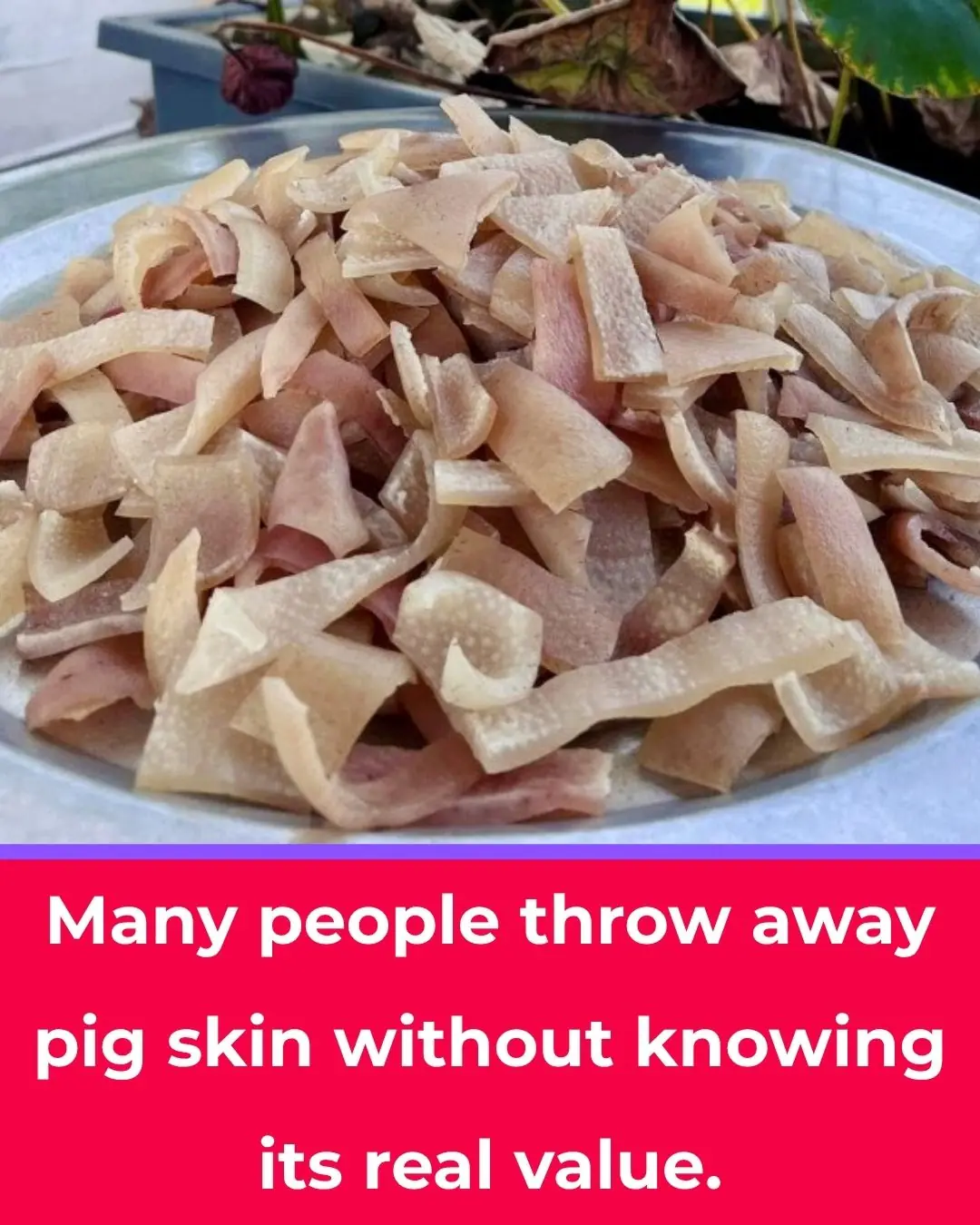
Pork skin: the cheap cut many people discard — and how to use it wisely for nutrition and safety

3 powerful health benefits of using a bidet — plus a bonus for the planet
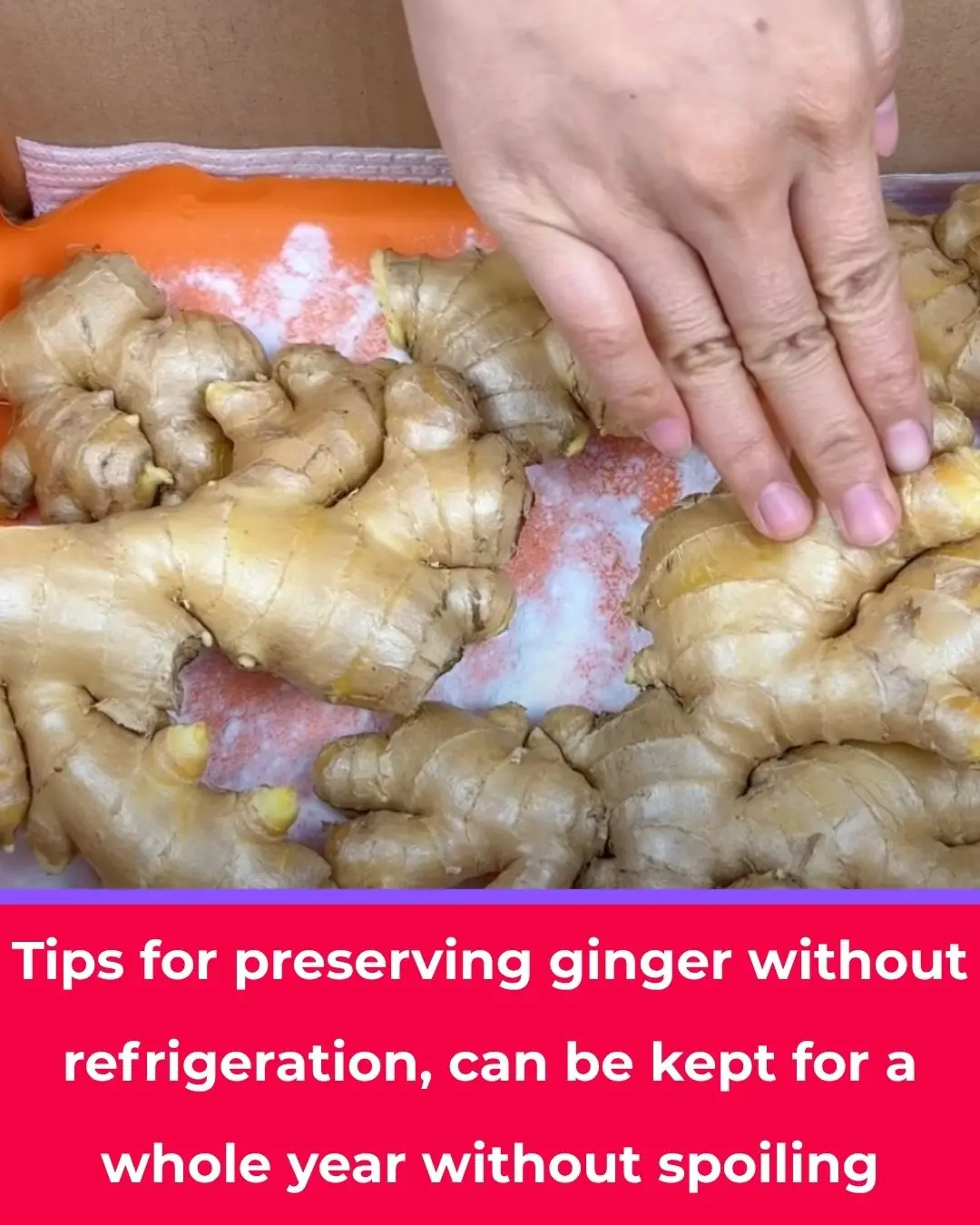
How to store fresh ginger so it lasts for months (even without a fridge)

A U.S. doctor’s simple steps to “clear” pesticides and dirt from fruit — and the science behind them

Do not drink water immediately after eating fruit — here’s what nutrition science actually says
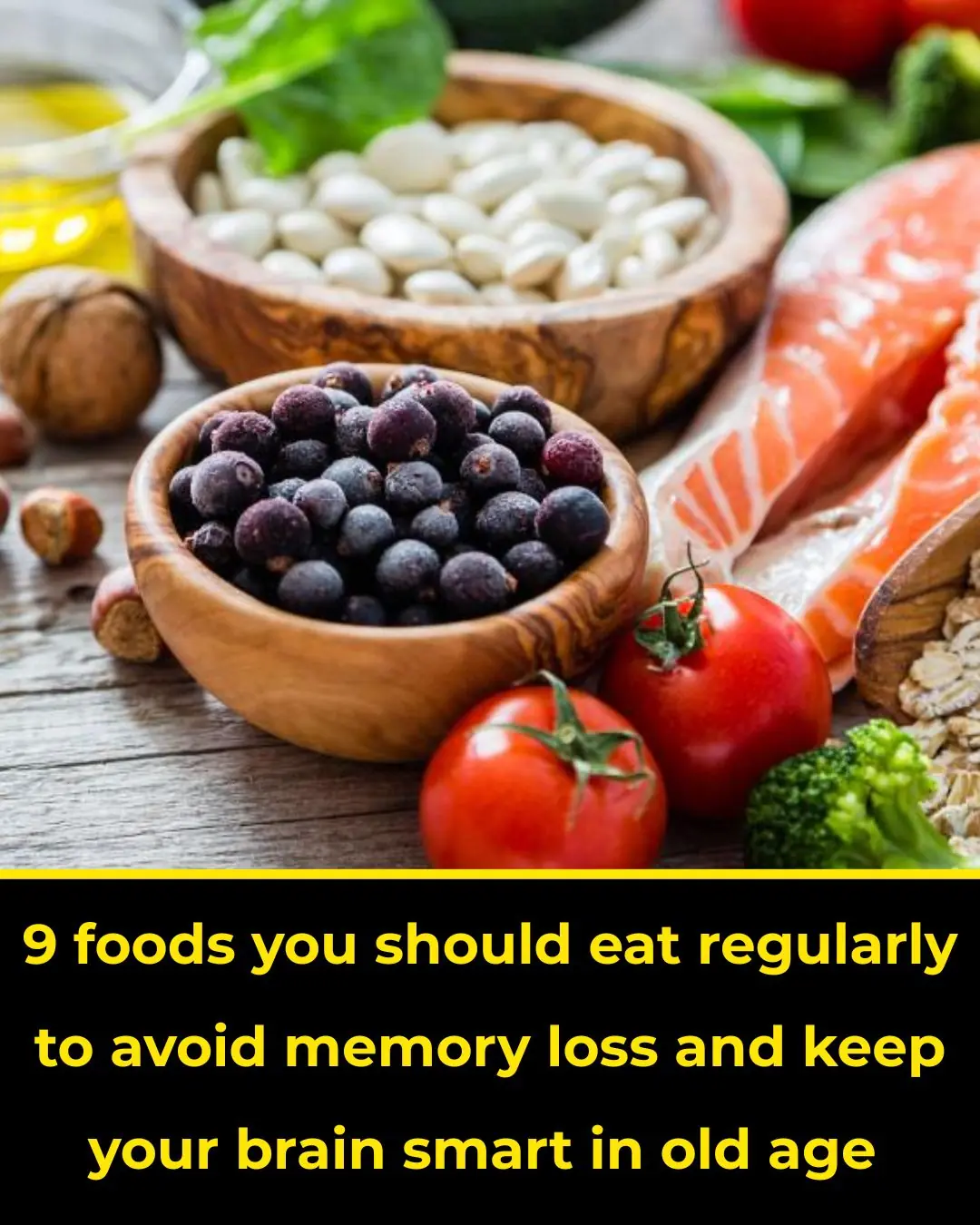
9 foods to eat regularly to help protect memory and keep your brain sharp as you age

‘Shuts TF Up’: Scott Jennings’ Unhinged Back and Forth with Abby Phillip Takes a Turn When Van Lathan Begins to Speak

Simone Biles Receives Honorary Doctorate Degree From Washington University

Kevin Howell Named NC State’s First Black Chancellor, 40 Years After Making History as First Black Student President

Holly Robinson Peete Pays Tribute to Late Father Who Was a Star on Sesame Street

Jamal Roberts Makes History as First Black Man to Win American Idol in Over 20 Years

NiJaree Canady Makes History as First Million-Dollar College Softball Player

Megan Thee Stallion & ‘Boondocks’ Producer Carl Jones to Launch New Anime Series on Prime Video
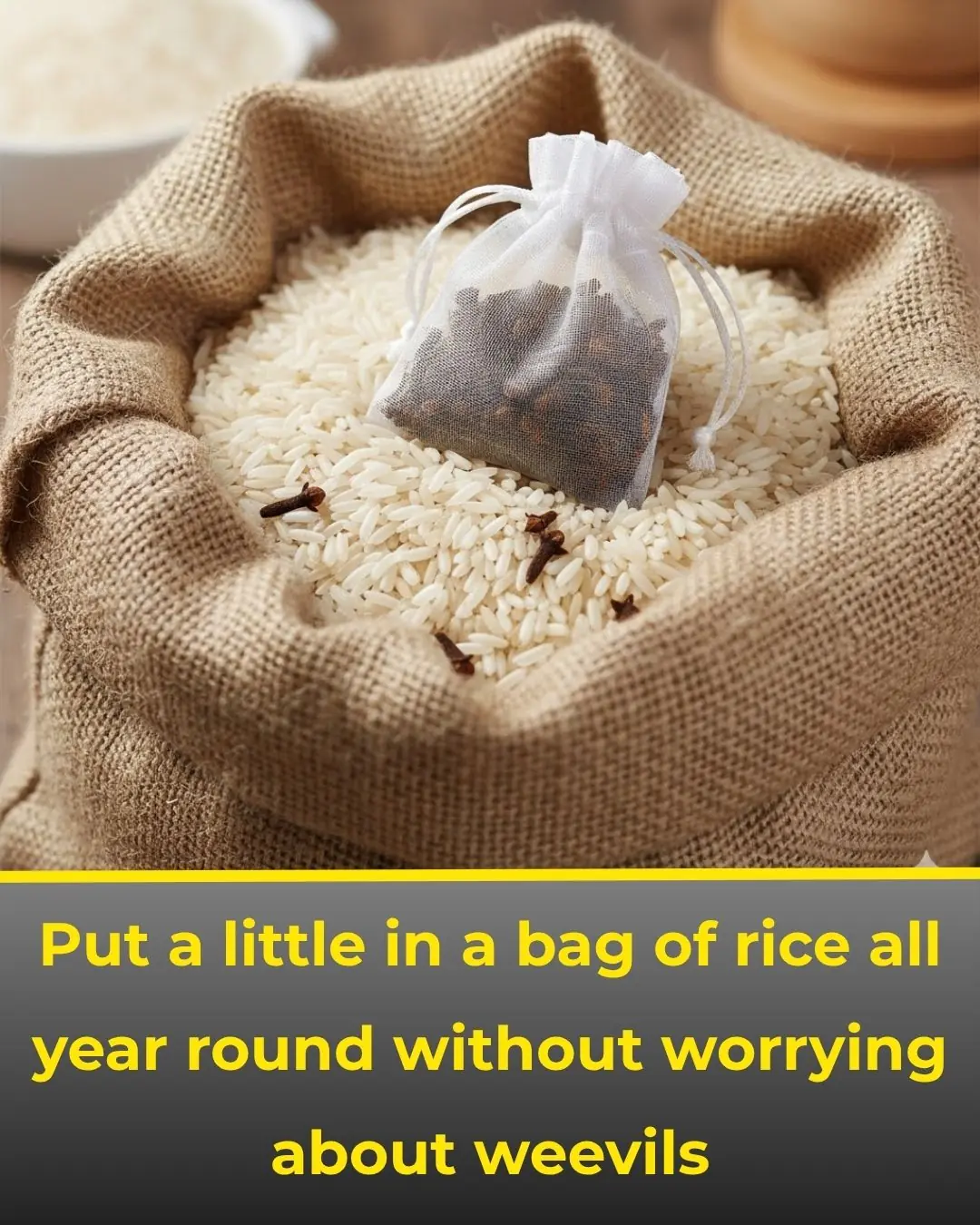
Keep rice weevil-free all year: two simple tricks — plus evidence and safer pantry practices
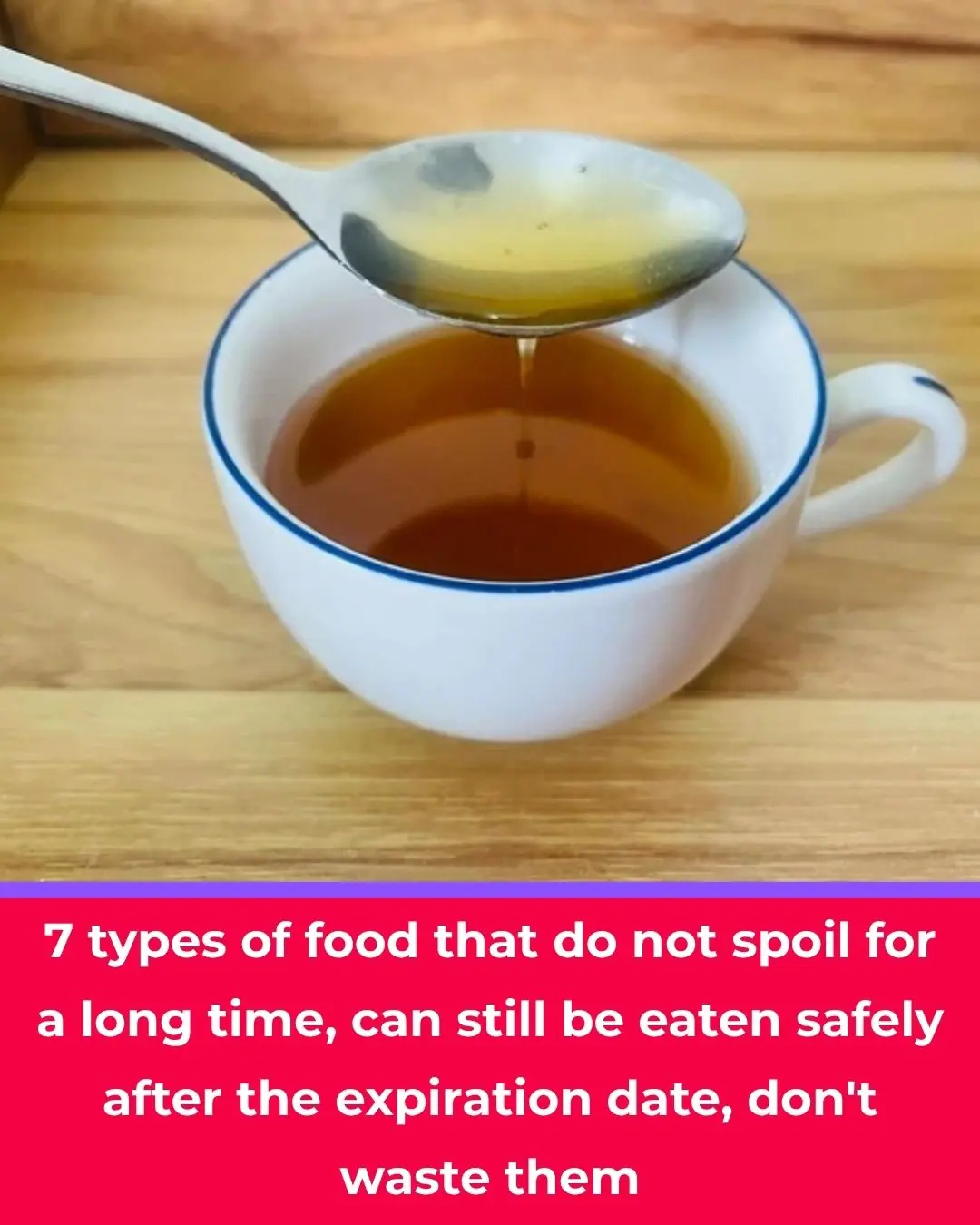
7 pantry items that really don’t spoil — and how to store them so they stay great

8 instant, drug-free ways to stop motion sickness — rewritten, expanded and evidence-backed
News Post

Papa’s Soft Side: Bruce Pearl’s Greatest Legacy Isn’t on the Court

Raja the “Tax Collector”: Sri Lanka’s Gentle Giant Who Stops Cars for Snacks.

One Year of Courage: Branson’s Brave Battle.

Tala’s Second Chance: Fighting for Life Against All Odds

From Patient to Daughter: The Miracle of Ella.

The Promise He Kept: A Teacher, a Dress, and a Second Chance.

The Woman Behind the Green Face: Margaret Hamilton’s Quiet Legacy.

A Boy, a Dog, and the Courage to Care 💛🐾

I Went to Pick Up My Wife and Newborn Twins from the Hospital — I Found Only the Babies and a Note

Father Finds out His Twin Sons Are Actually His Brothers — Story of the Day

78-Year-Old Woman Returns from Nursing Home to Her House – Only to Find a Mansion with Changed Locks in Its Place

My Wife and I Went to an Orphanage to Adopt a Child and Found a Girl Who Is a Carbon Copy of Our Daughter

4 foods to eat on an empty stomach in the morning to cleanse the gut, boost digestion, and lower cancer risk

7 Ways to Repurpose Eggshells for a Greener Home and Garden
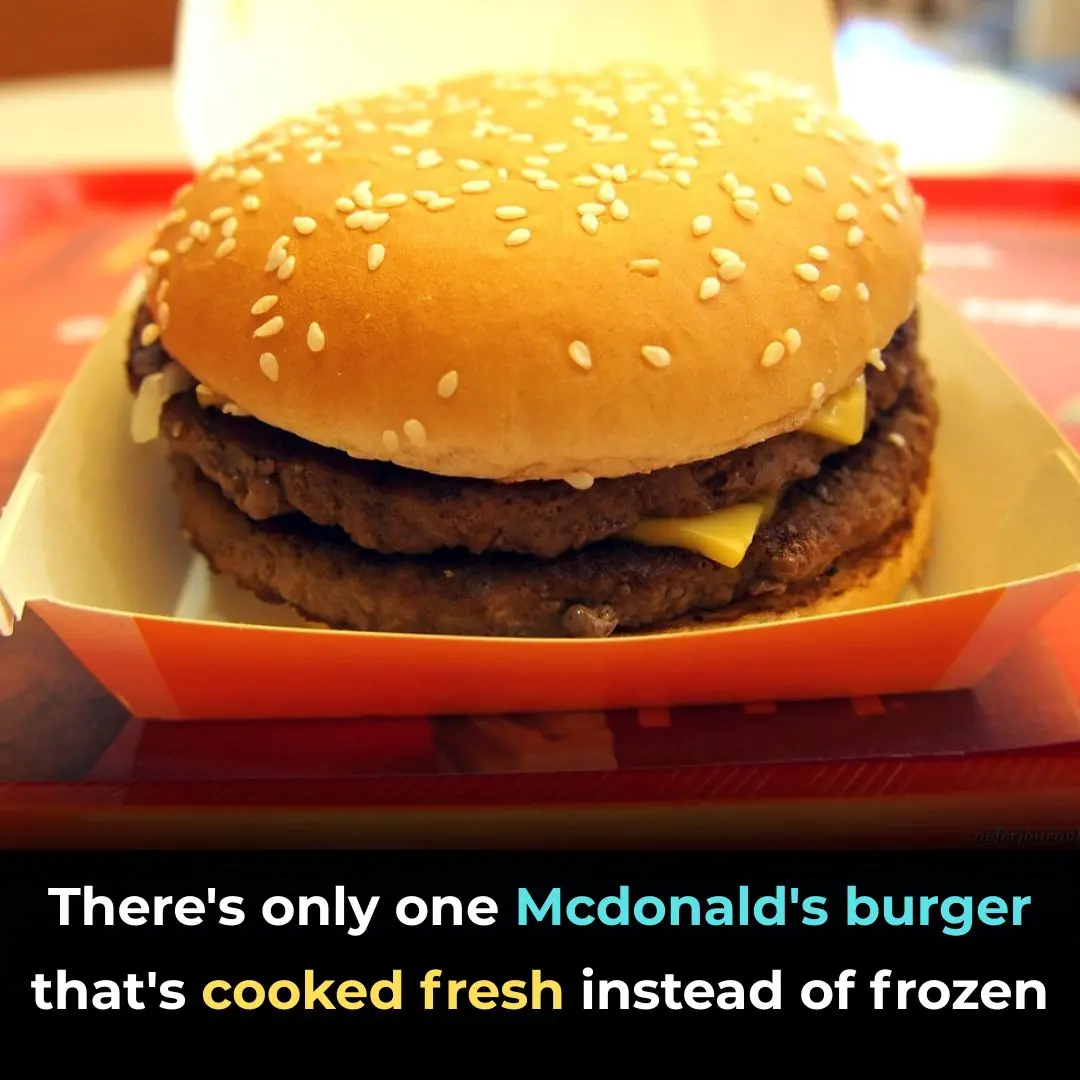
The One McDonald’s Burger That’s Always Cooked Fresh
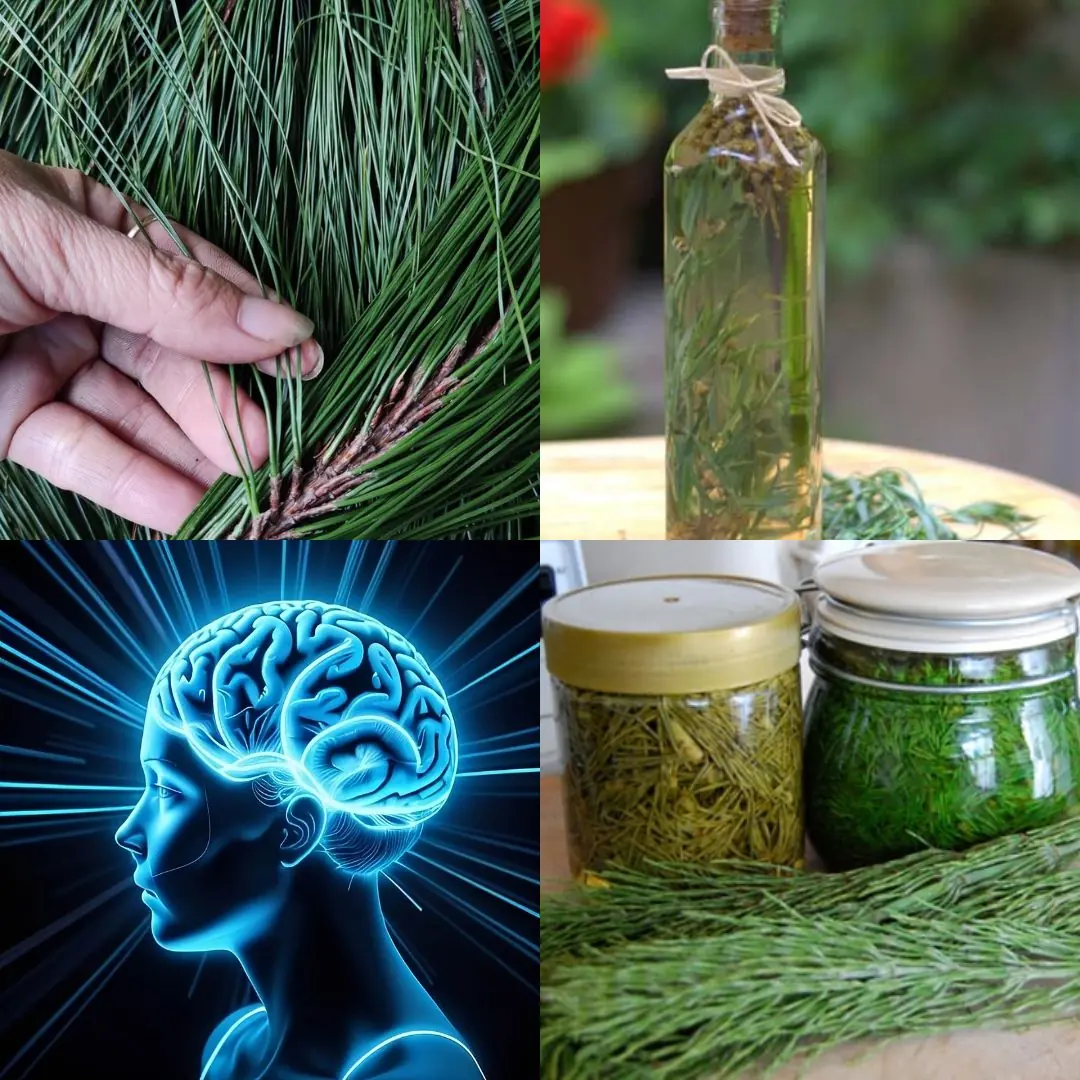
Pine Needle Sprite: A Refreshing Homemade Fermented Drink

10 Simple Ways to Help Your Body Detoxify and Cleanse Itself

Top 6 Upcoming Astronomical Events You Don’t Want to Miss in 2025

Never Ignore Excessing Licking From a Dog
